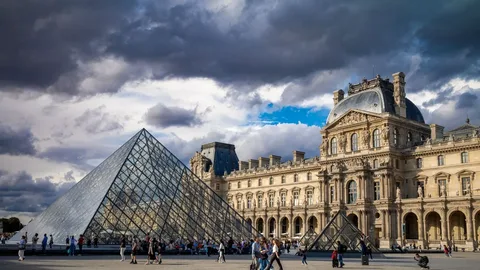When it comes to modern architectural design, louvre systems are more than just aesthetic features—they serve critical functions like ventilation, privacy, sun shading, and even security. Whether you’re designing a family home or a high-rise office complex, choosing the right louvre solutions for residential and commercial projects can significantly impact the building’s performance and visual appeal.
What Are Louvres?
Louvres are angled slats—fixed or operable—that allow air and light to pass through while keeping out rain, direct sunlight, or prying eyes. They are often used in facades, fencing, screens, and shading devices. The materials range from aluminium and steel to timber and composite options, offering both functional and decorative benefits.
Key Considerations When Selecting Louvre Solutions
1. Purpose and Functionality
The first step in choosing the right louvre solutions for residential and commercial projects is understanding their intended purpose. For example:
- Ventilation: For HVAC systems or car parks.
- Privacy: In urban homes or apartment complexes.
- Sun Shading: To reduce heat gain and improve energy efficiency.
- Aesthetic Appeal: Enhancing architectural design.
2. Fixed vs. Operable Louvres
- Fixed Louvres are stationary and ideal for areas requiring constant airflow or visual screening.
- Operable Louvres can be adjusted to control airflow and light, perfect for energy-efficient buildings or changing weather conditions.
3. Material Selection
Durability, maintenance, and appearance all depend on material choice:
- Aluminium: Lightweight, rust-resistant, and highly durable—popular in commercial projects.
- Timber: Offers a natural look, often used in residential settings.
- Steel: Strong and secure, suitable for industrial or high-security applications.
Residential vs. Commercial Requirements
Residential Projects
In residential settings, louvre systems are often chosen for their aesthetics and privacy. Homeowners may prefer operable timber louvres for balconies or fixed aluminium louvres for backyard fencing. The focus is usually on blending functionality with home design.
Commercial Projects
Commercial buildings prioritize performance, compliance, and durability. Large-scale installations like sunshade louvres on office facades or mechanical ventilation louvres in parking structures are common. The scale and complexity of commercial designs make choosing the right louvre solutions for residential and commercial projects even more critical.
Compliance and Installation
Always ensure that the louvre solutions you choose meet local building codes, fire regulations, and energy efficiency standards. Working with an experienced supplier or architect can help navigate these technical requirements, especially for complex commercial builds.
Conclusion
Whether it’s about achieving energy efficiency, enhancing privacy, or simply elevating the visual appeal of a building, choosing the right louvre solutions for residential and commercial projects is a decision that combines design sensibility with technical understanding. By considering purpose, material, and compliance, you can select the ideal system that meets both functional and aesthetic goals.


